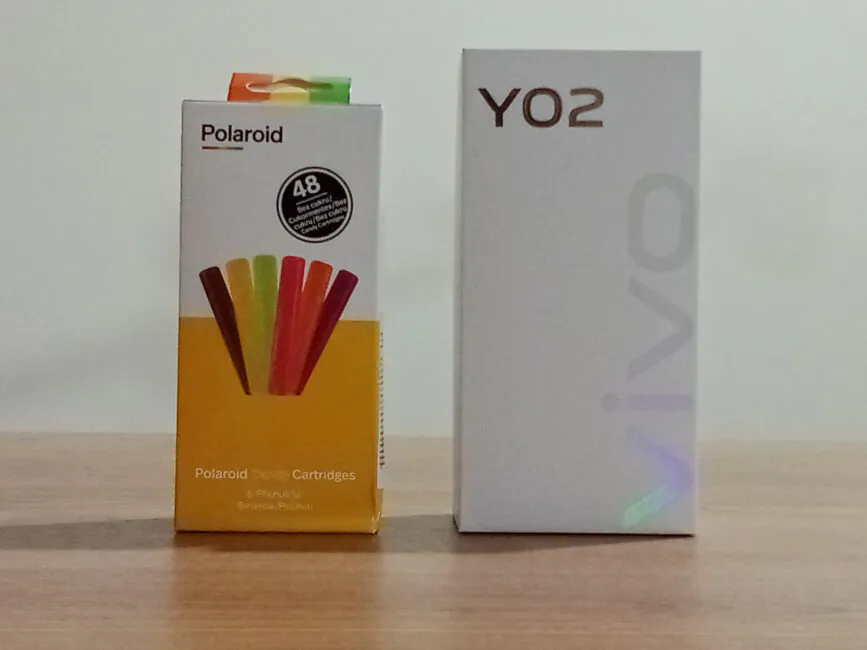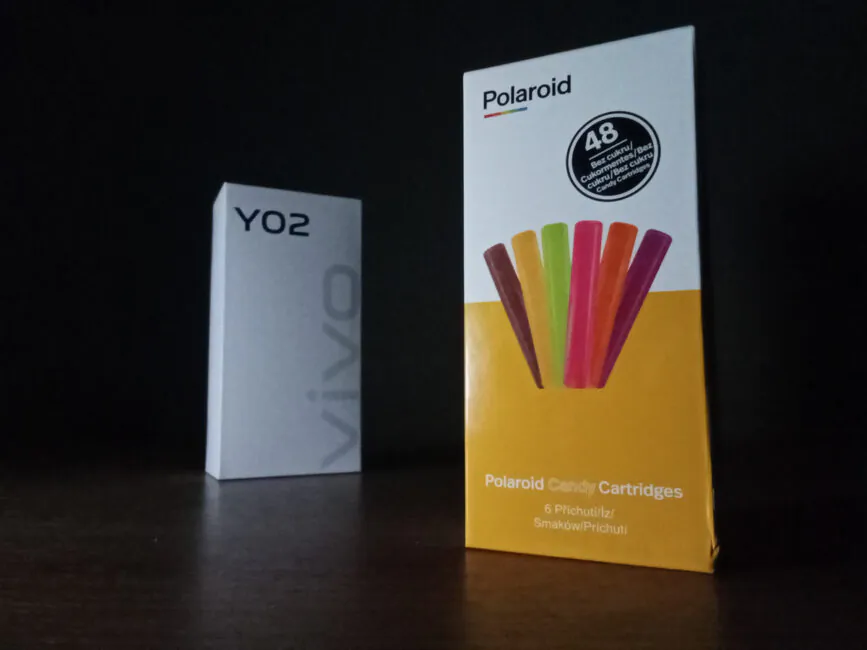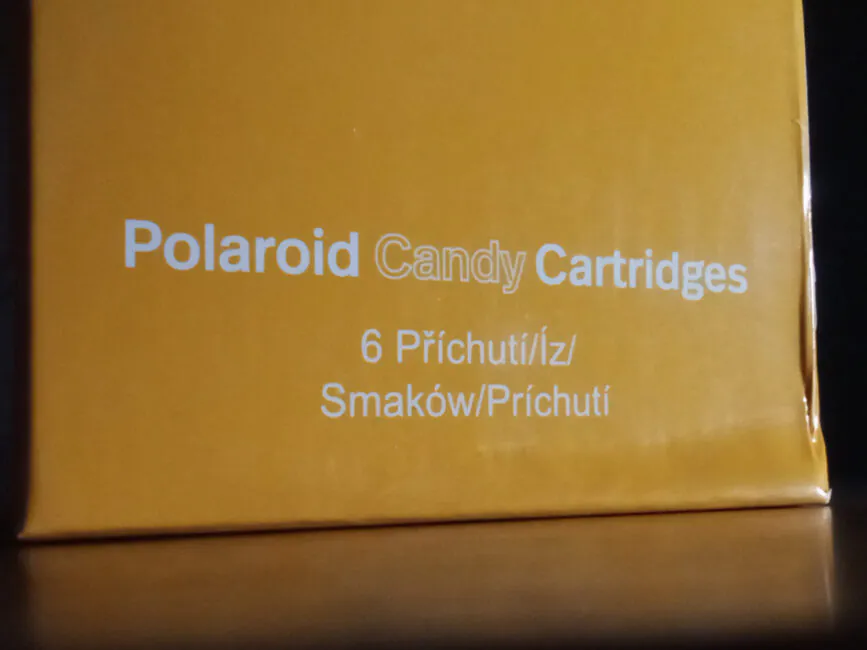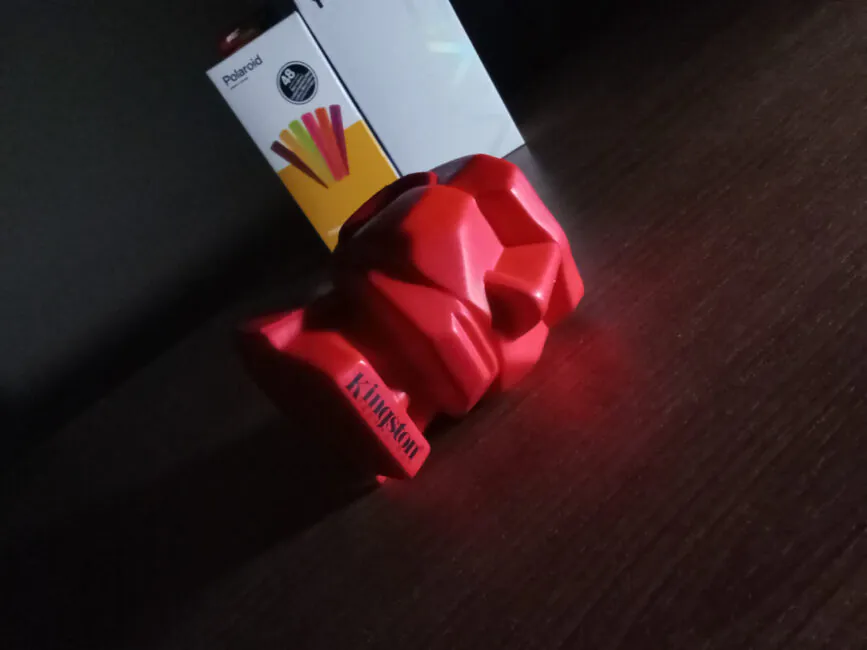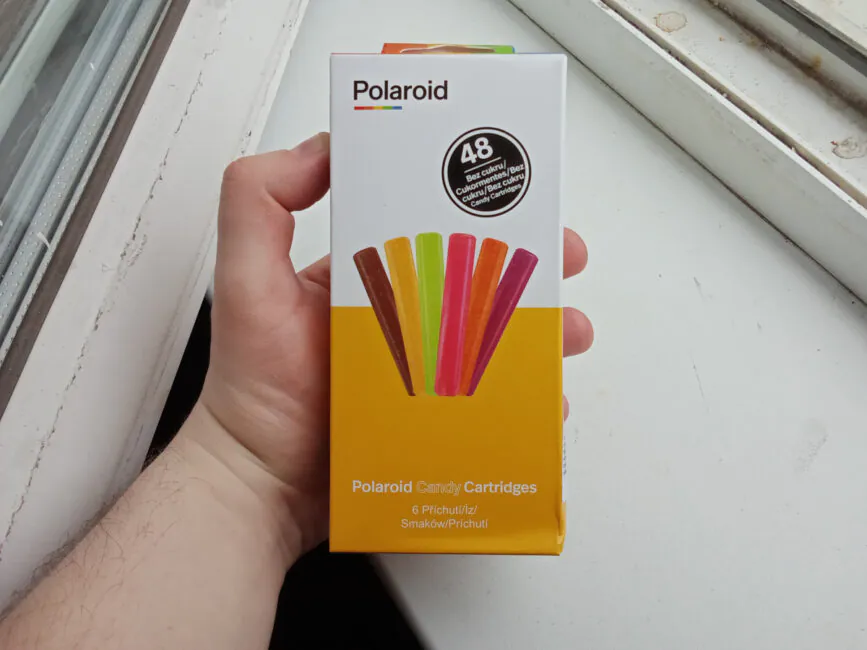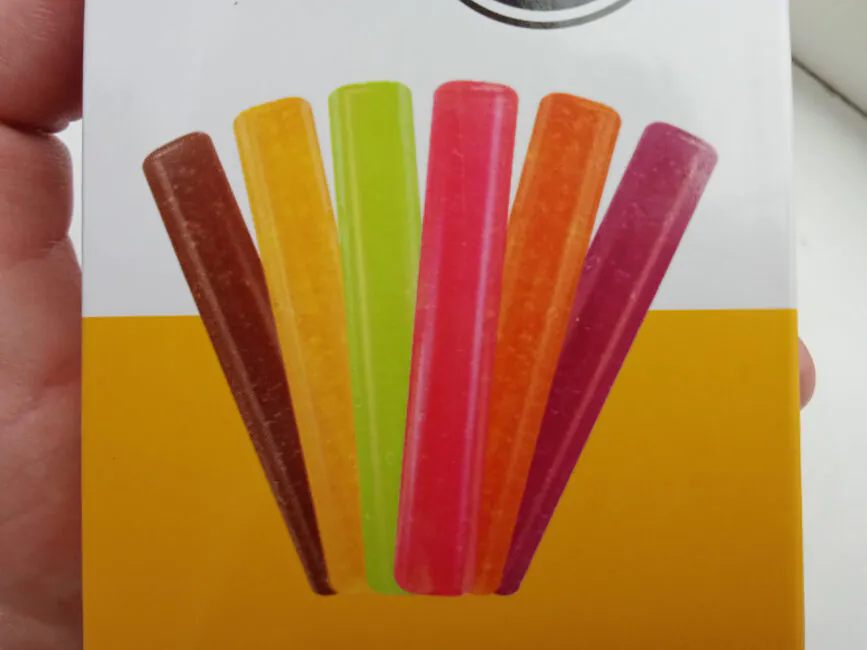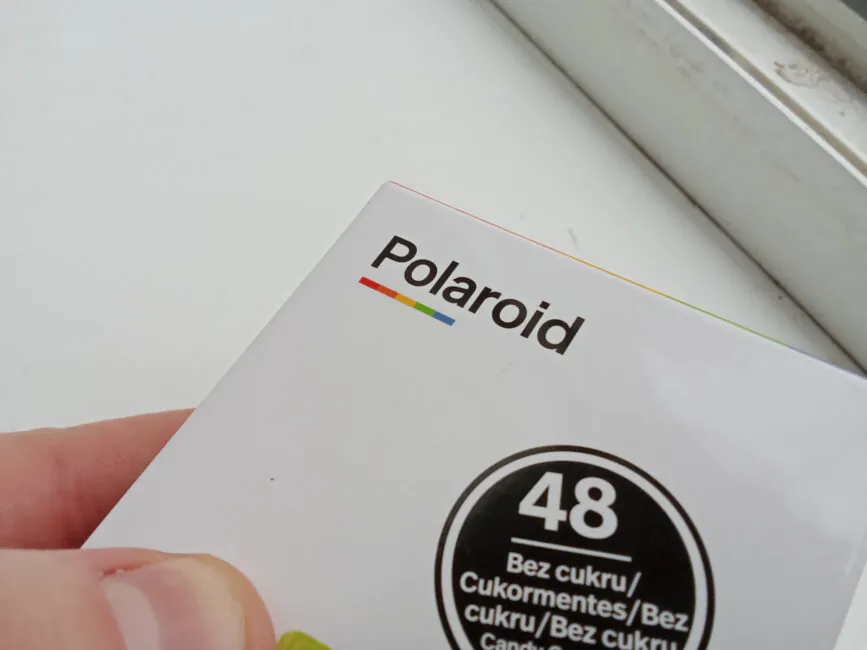© ROOT-NATION.com - Use of content is permitted with a backlink.
Times of contrasts, what can you say? From the flagship Vivo X70 Pro Plus, which made me absolutely puppy-dog delighted, to one of the cheapest, if not the cheapest, model – Vivo Y02. Which turned out to be much better than it should have been.
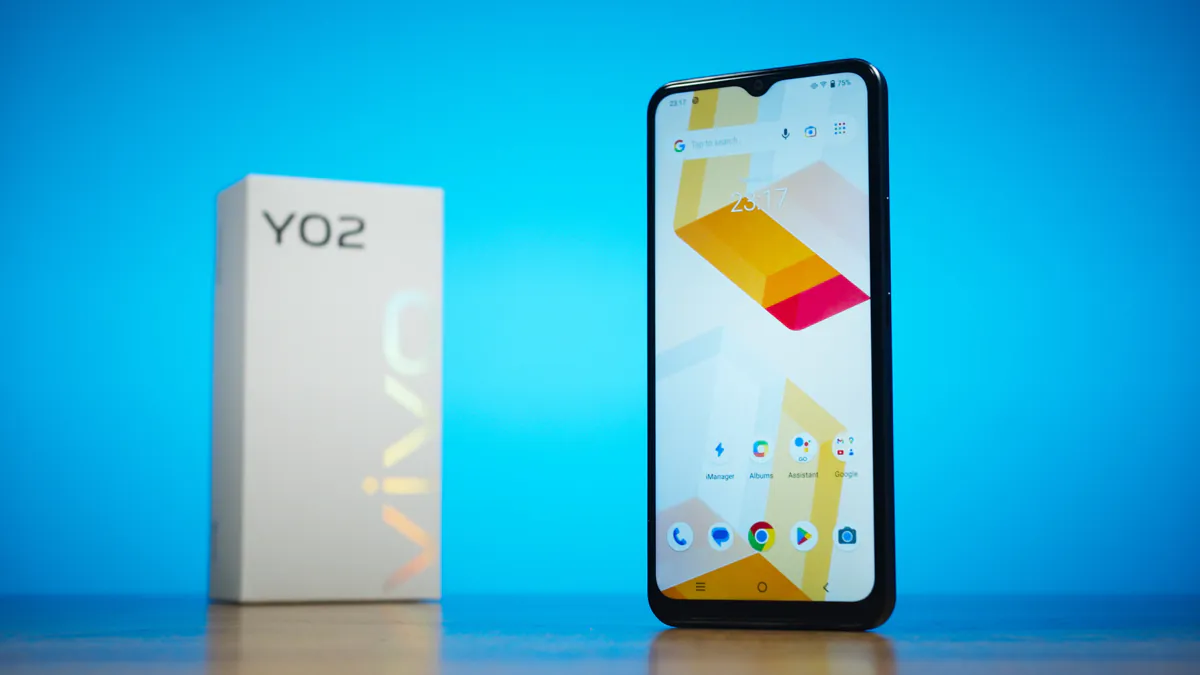
Market positioning
The price is just over $110. This is for a version with 2 gigabytes of RAM and 32 permanent memory. However, you’d be surprised at how many smartphones are in this price category. I mean, this is a serious grandma phone.
The package contents
The package consists of the smartphone itself, a microUSB charging cable, and a 10 V power adapter. The downside is that there is no case included. On the plus side, a protective film is immediately glued to the screen. The downside is that it does not have any oleophobic coating.
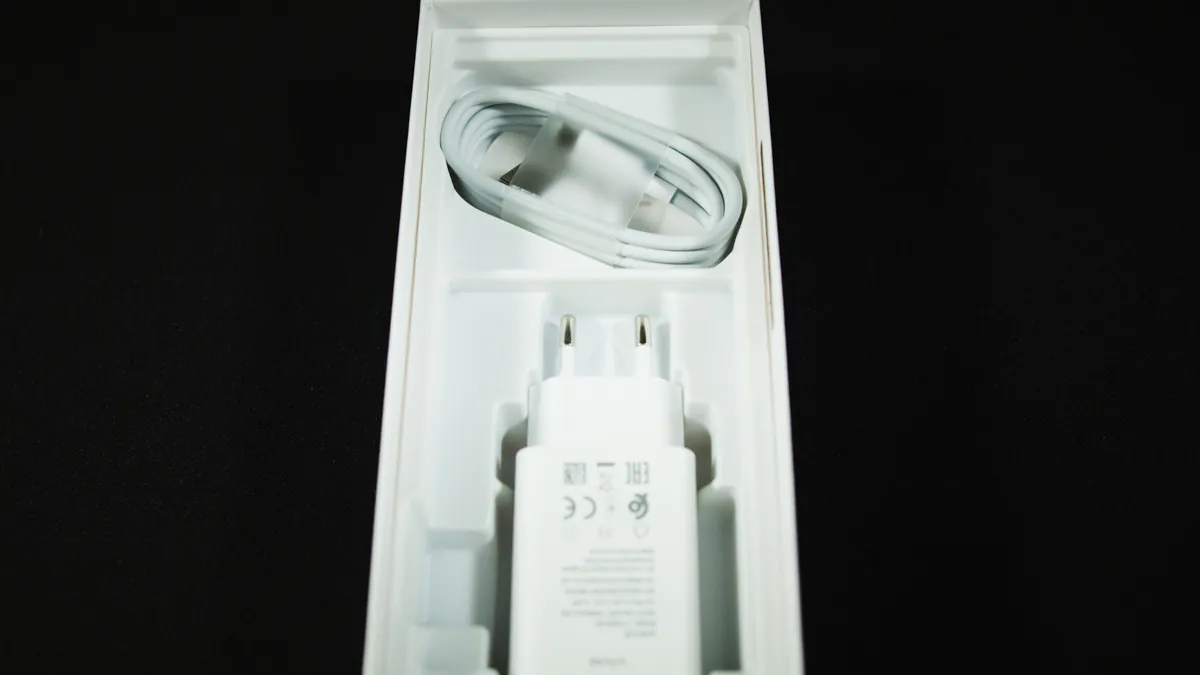
Design
Externally, Vivo Y02 is absolutely no different from any other budget phone… at least from the front. Relatively thick bezels, a teardrop-shaped camera notch on top, a chin guard on the bottom.
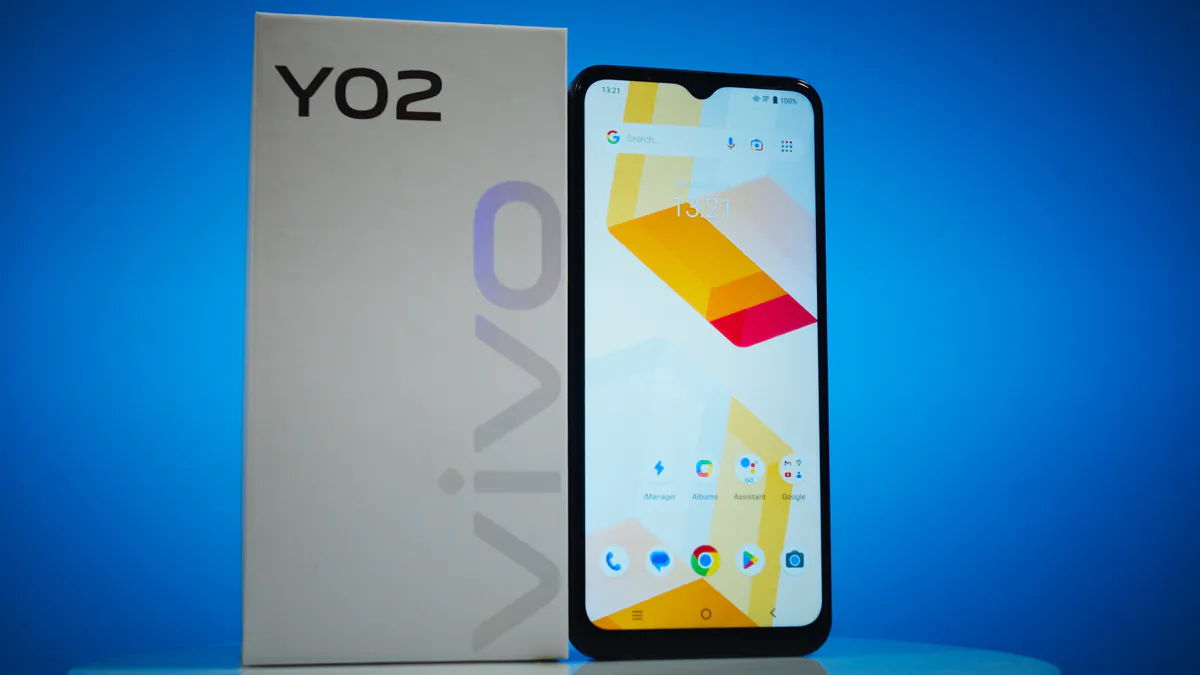
The situation is more interesting on the back – a nice matte gradient, plus a metal insert and a rounded decorative module with two circles for the camera and flash. It looks much more premium than it deserves.
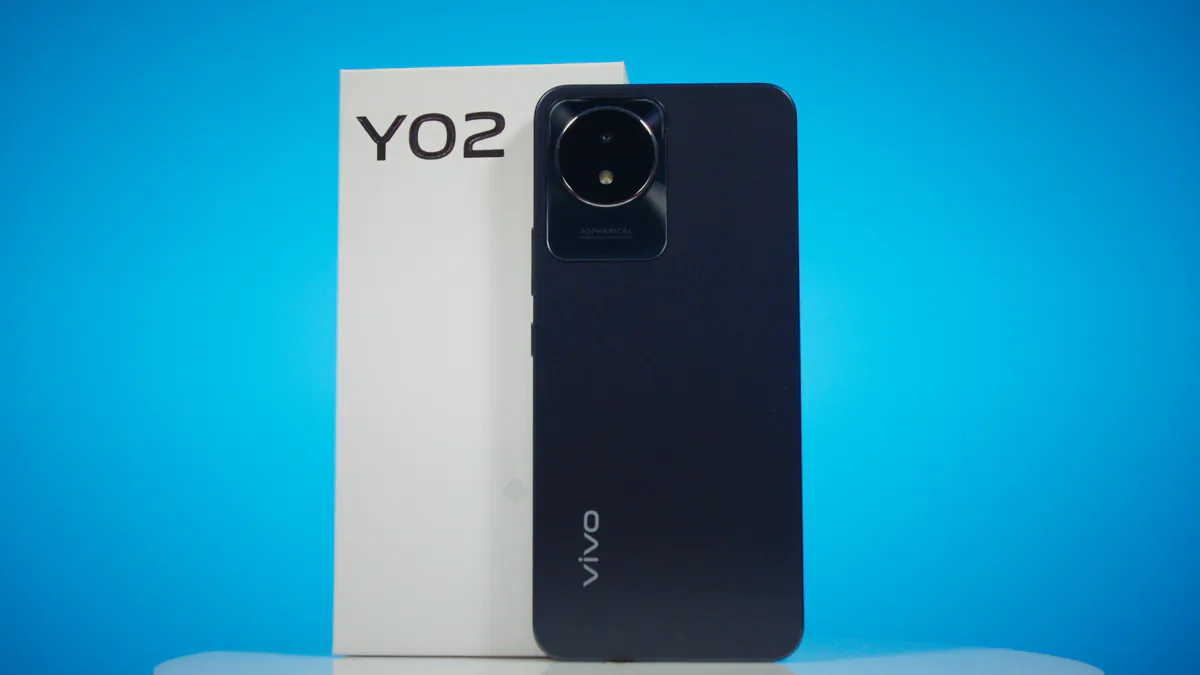
The right end contains control buttons, and the left end has a three-position SIM card slot.
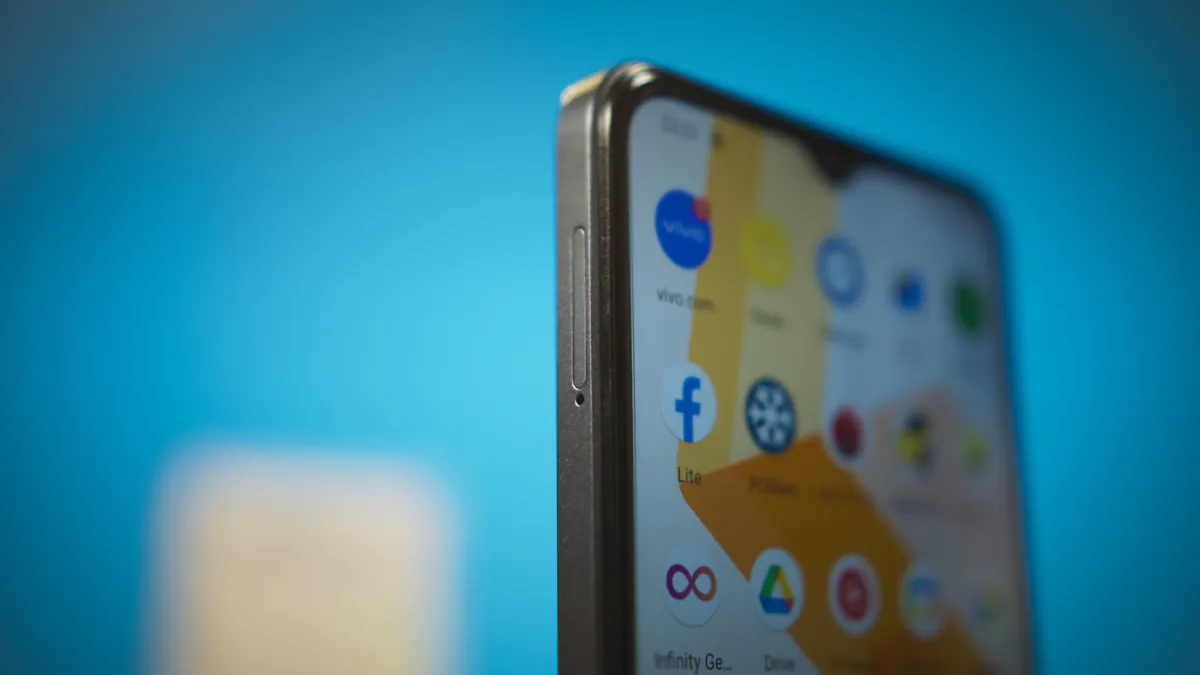
The bottom end contains a microUSB port, a mini-jack, and a microphone.
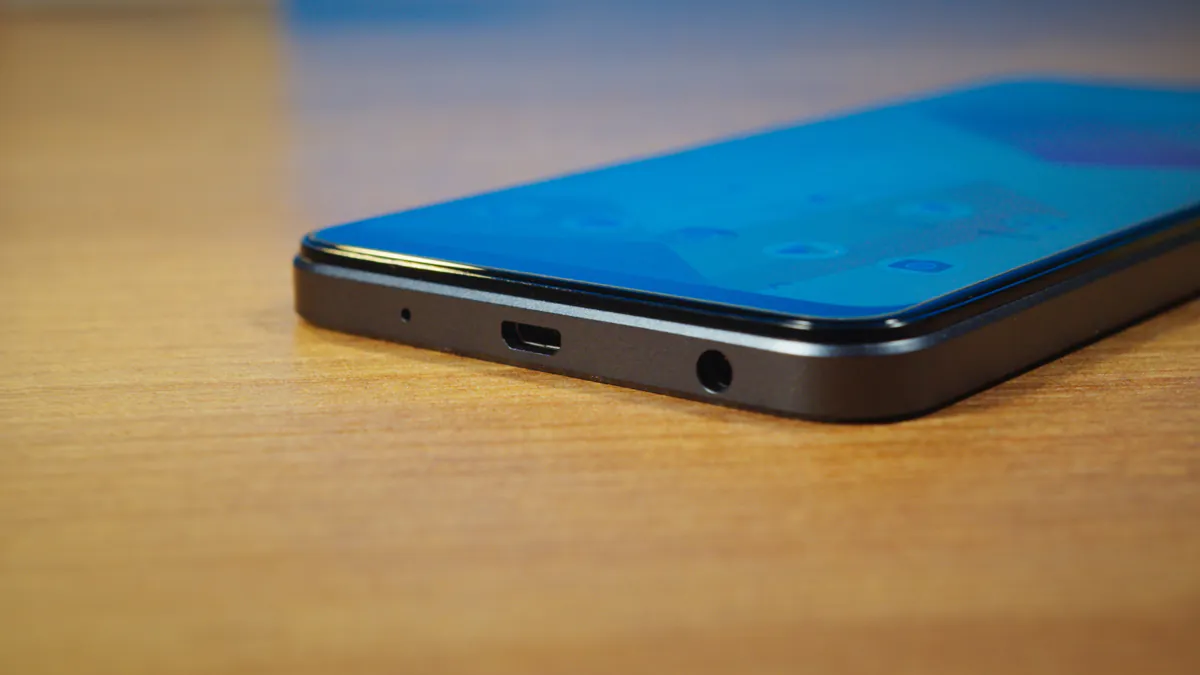
Display
In terms of ergonomics, the smartphone fits nicely in the hand, as the screen diagonal is 6.51 inches. The screen is IPS, HD+ with a resolution of 1600×720 pixels, plus a pixel density of 270 PPI. That is, absolutely nothing expressive – but it’s enough not to strain your eyes. Plus, there is an eye protection function.
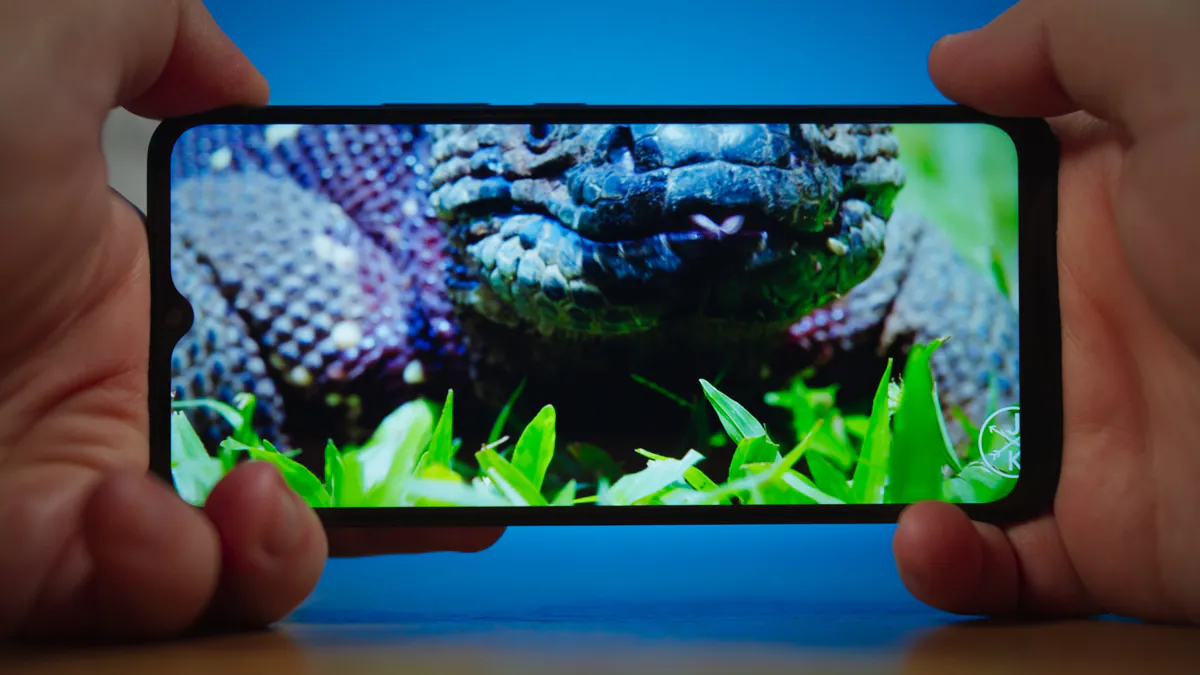
There are no complaints about the screen as a whole – the viewing angles are absolutely satisfactory, there is almost no fading, no flickering, because it is not OLED, the maximum brightness is absolutely sufficient for a sunny day. And, oddly enough, the screen has absolutely no ghosting, that is, at all!
Technical specifications
In terms of the hardware, it’s a budget phone. The system-on-a-chip is vintage, 2018 vintage, MediaTek Helio P22, eight Cortex-A53 cores, four at 2 GHz and the same number at 1.5 GHz. Plus a PowerVR GE8320 video core and 2 GB of RAM.
The smartphone barely exceeds 83,000 points in AnTuTu and is designed for absolutely minimal system requirements in games. But at the same time, the system itself is surprisingly fast, and the response to touch is also adequately fast. And the games that are running are running so fast that I did not expect it at all.
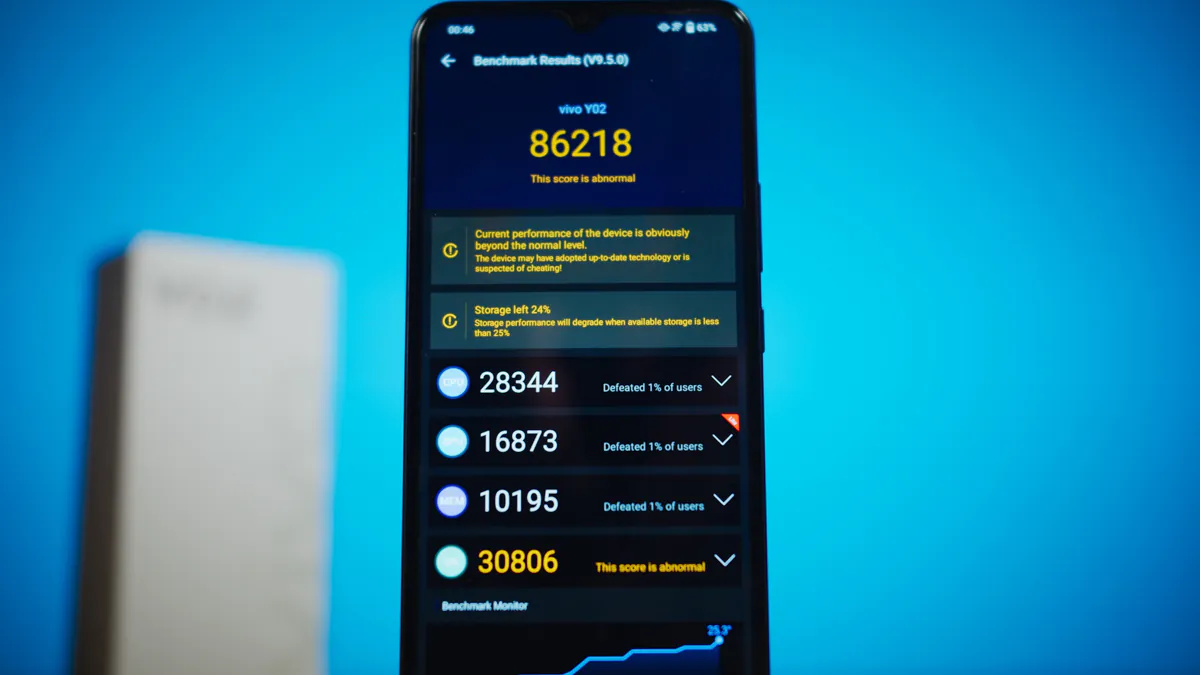
There are lags, BUT! Asphalt Nitro – absolutely playable 30 FPS. Angry Birds 2 – 30 FPS with lags. Call of Duty Mobile? 60 FPS maximum! I’m not even talking about all sorts of TBS like Braveland, as well as three-in-a-row, even modern ones.
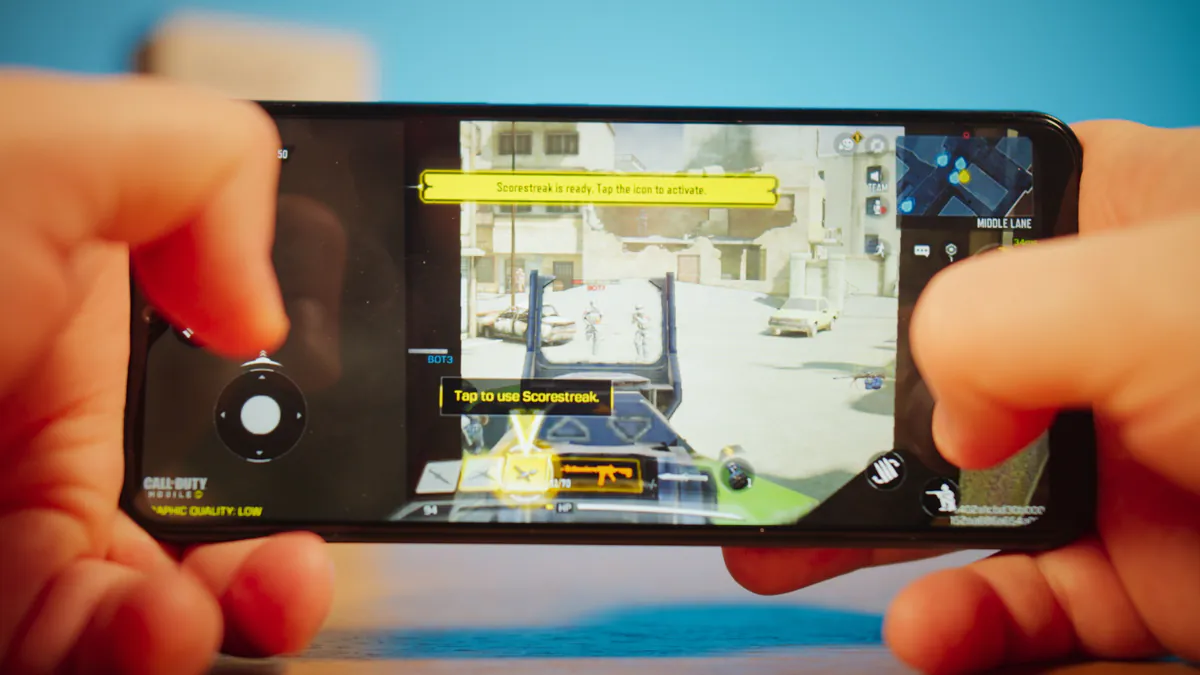
Genshin Impact and Wreckfest are not supported, but Honkai Impact is. Which is strange. You can watch my full round in PUBG Mobile in the video below:

Data transfer
The vintage system-on-chip also guarantees vintage data exchange. I’ll disappoint the students right away – there is no NFC. I will disappoint many people – there is no fingerprint scanner either. There’s Wi-Fi 5, Bluetooth 5.0, GPS, a mini-jack, and let me remind you that the SIM card slot is not combined.
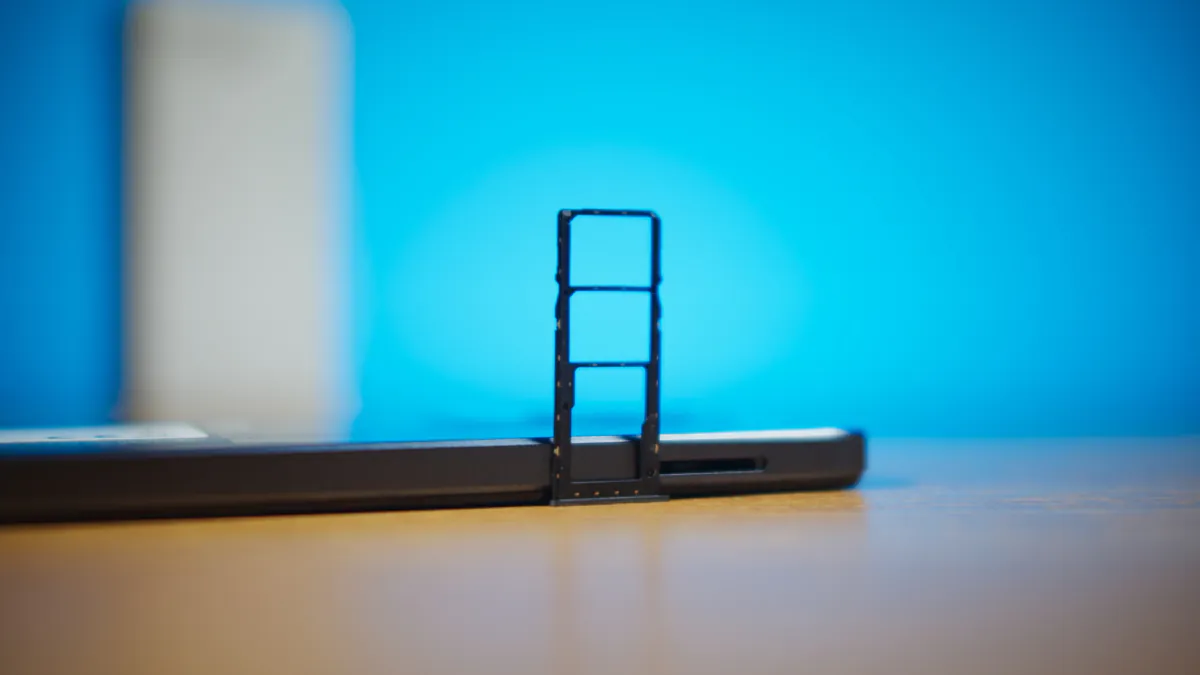
And you can’t imagine the envy of seeing a microSD slot in a smartphone for 4,000 hryvnias, while my current smartphone for 15,000 does not have this slot. That’s why I don’t actually allocate 32 GB of permanent memory in any way – insert the cheapest 128 GB card and you’ll have more memory than I do.
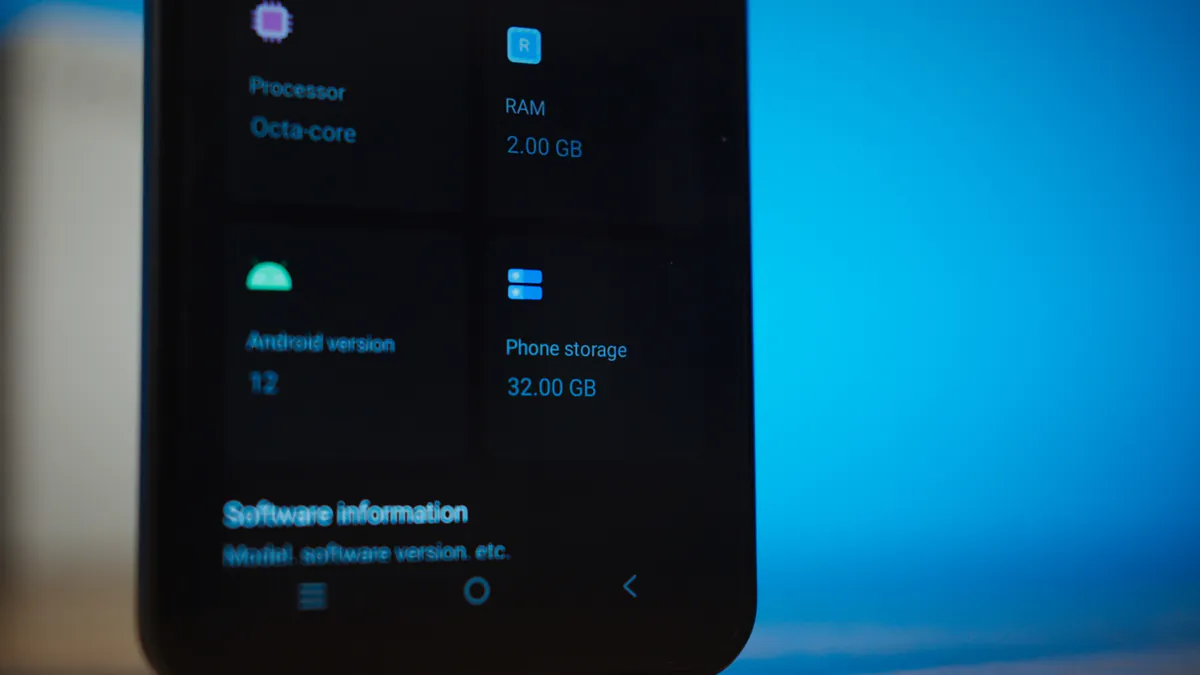
Shell
Actually, from the very beginning, I was interested in Vivo Y02 with one single purpose. To check how different the Vivo shell is for the international market and OriginOS Ocean for the Chinese market. Because, yes, my favourite Vivo X70 Pro Plus was Chinese, and OriginOS Ocean turned out to be exclusive to that market.
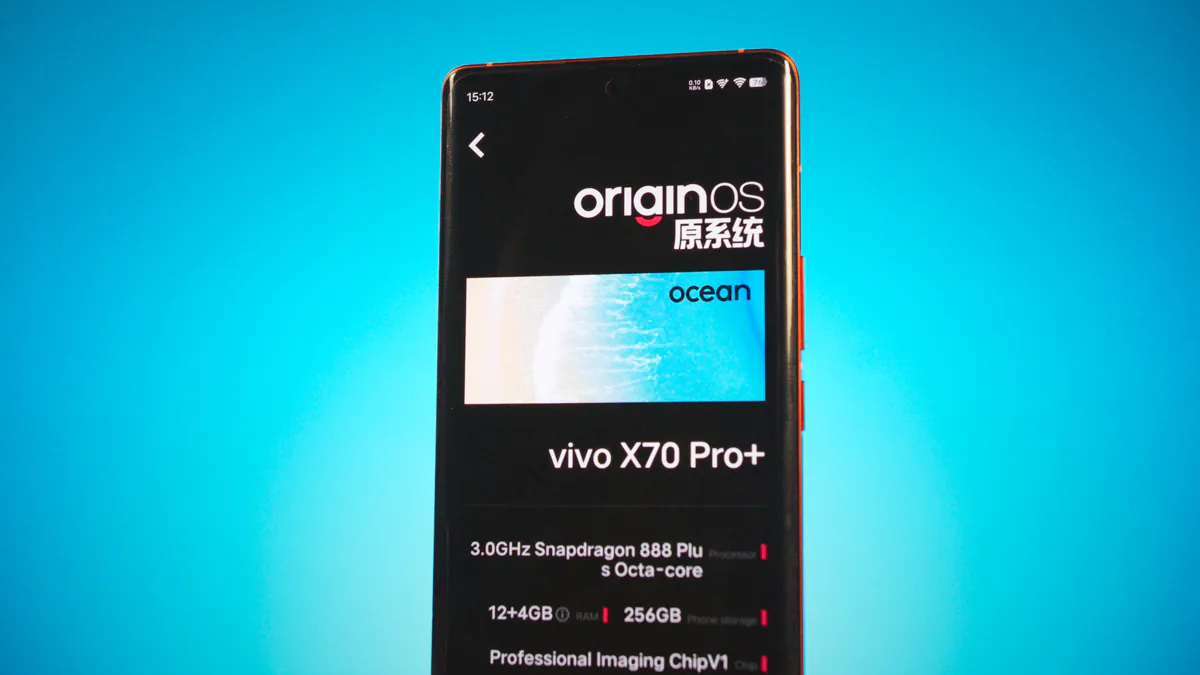
For the international market, we have FuntouchOS 12, in my case, based on Android 12 GO. So it’s a bummer, the Go version is guaranteed not to have as many features as the full version. Isn’t it?
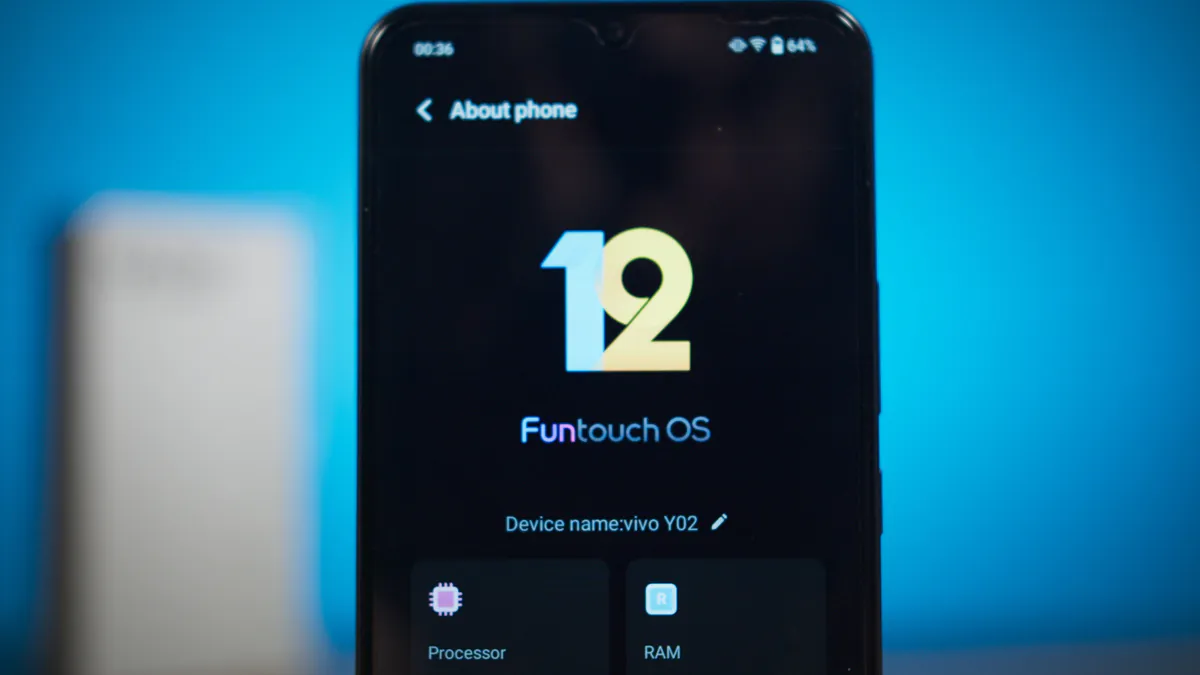
Yes, it’s obvious. FuntouchOS in the case of Android GO is extremely poor in terms of settings and features. It’s not a FuntouchOS problem, it’s an Android GO problem, but somehow I didn’t notice it that much.
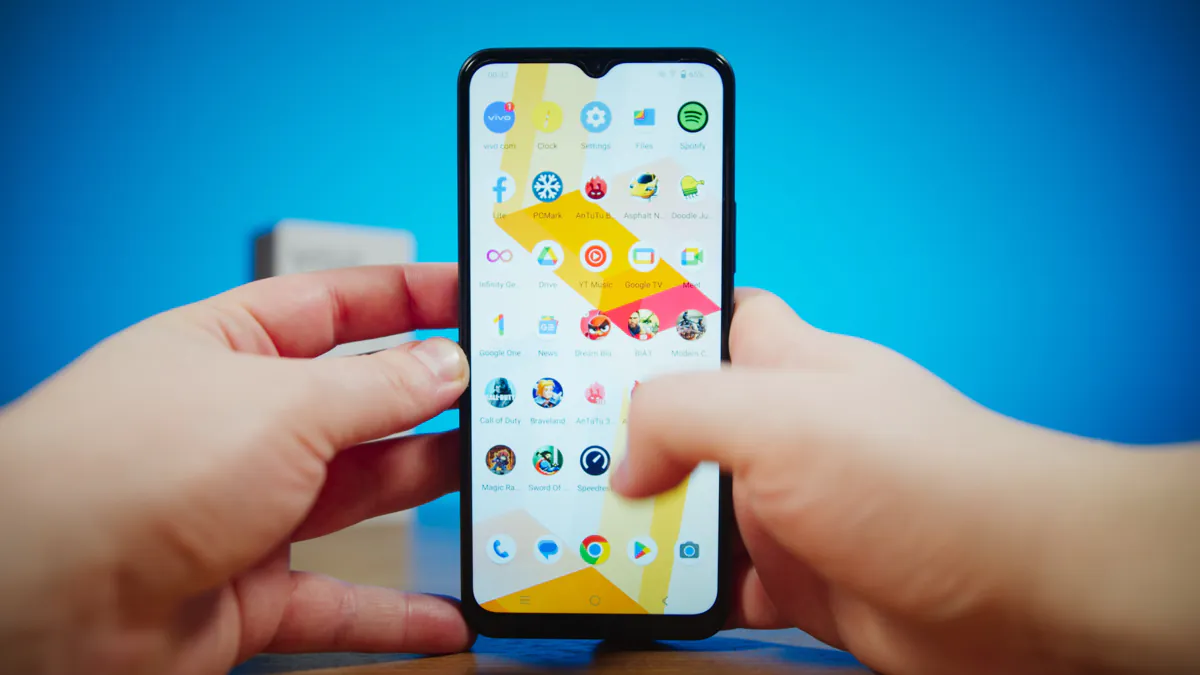
On the plus side, there’s support for a simplified mode, auto-brightness, dark mode, and the settings icon is not on top of the curtain, but just below the centre. When you search for an app, you can immediately drag it to the desktop. The order of the navigation buttons is customisable, and you can set the battery percentage at the top.
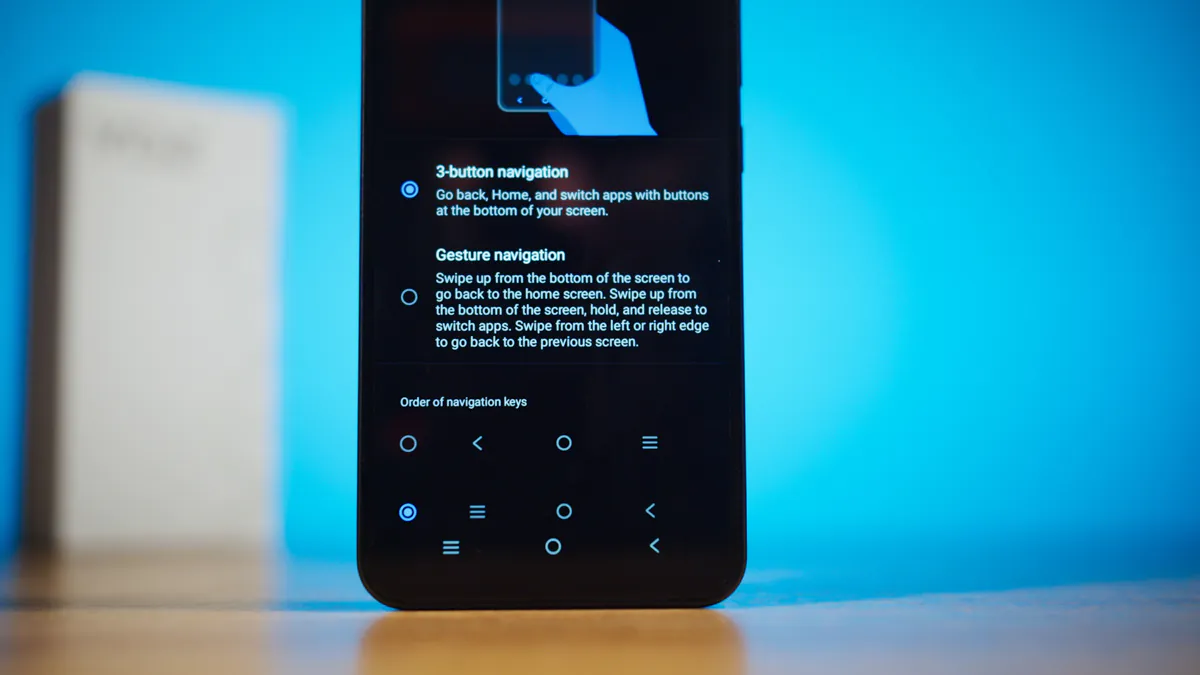
There’s face recognition, gestures on the deactivated screen, including a double-tap. Also, Vivo Y02 was, oddly enough, the first smartphone where I used Nearby Share, receiving files from Realme 9 Pro Plus.
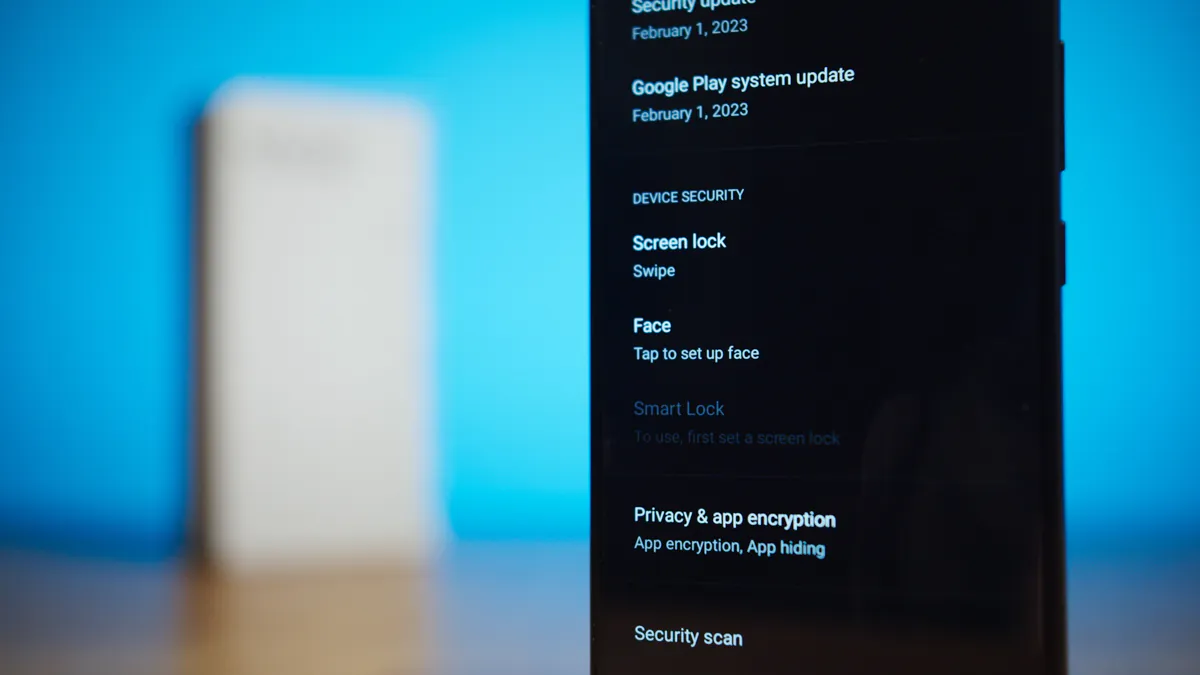
On the bad side, Android GO sometimes VERY aggressively prohibits making changes to the system, citing the slowdown of the smartphone. For example, an application that adds a bottom-up swipe is banned from activity all the time for this very reason. And without permission, the app doesn’t work properly.
Cameras
The camera in Vivo Y02 is honest. It’s the only one, with no pretensions to super AI modules for bokeh, which still turns out to be a Gaussian blur.
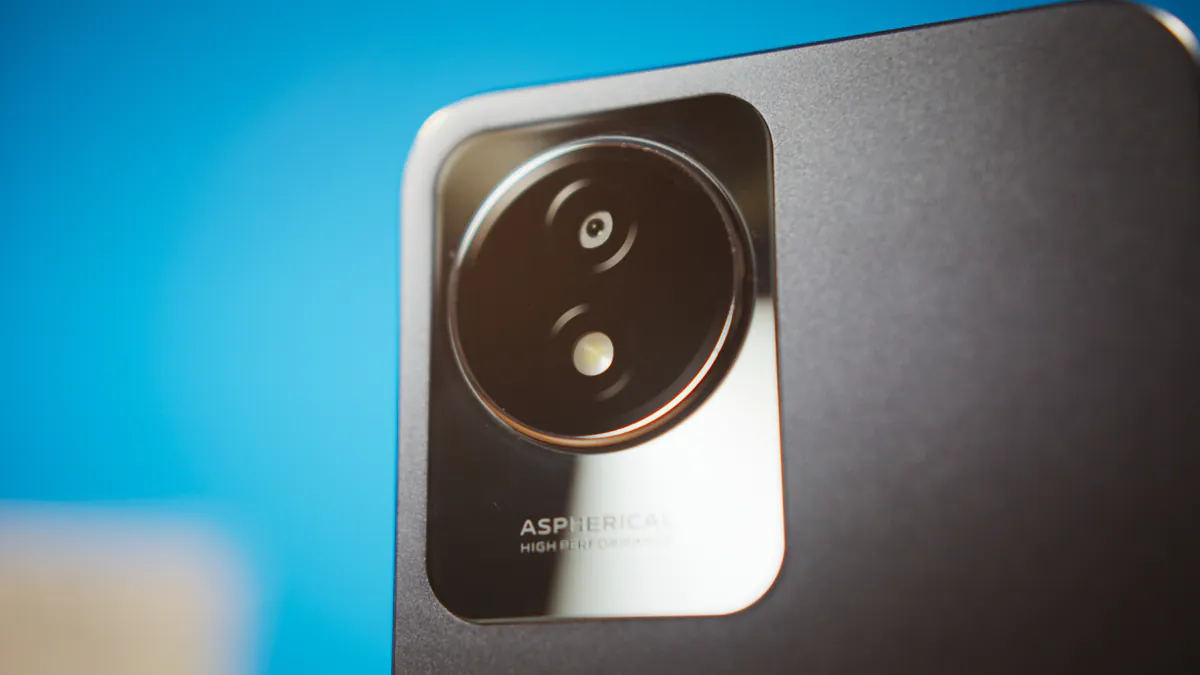
There are no VGA macro modules either, fortunately for my nerves. There is a single 8 megapixel, F/2.0 module.
On the plus side, there are guide lines, you can follow the rules of thirds, and there’s FHD video recording, although the standard is 720p. There is support for time-lapse and bokeh mode. On the downside, the quality of the shooting is obvious, and so is the quality of the bokeh. The front-facing camera is 5 MP, F/2.2, and takes selfies. With, by the way, front-facing backlight due to the brightness of the screen.
Photos of Vivo X70 Pro Plus in full resolution are here
Battery life
In terms of battery life, the 5,000 mAh battery capacity plus a relatively weak, albeit outdated, processor guarantees a full day of operation without any problems. In fact, in the PCMark Battery Test, we have 9 hours at 100% brightness and as much as 17 hours at 50% brightness.

The problem is 10W charging. Vivo Y02 gains a charge from 5% to 100% in more than 2 hours, and at 50% it charges in just an hour. And you know what? Honestly, I thought it would be worse. Considering that my old LG V35 gained 3,300 mAh in more than an hour on an 18-watt charge. In general, it’s not so bad. It’s not 4 hours, like some smartphones and tablets.
Vivo Y02 summary
Even taking into account the budget price of the smartphone, Vivo Y02 has obvious problems – no fingerprint scanner, no NFC, no case included and an outdated microUSB. And that’s where the problems end. Everything else is very good.
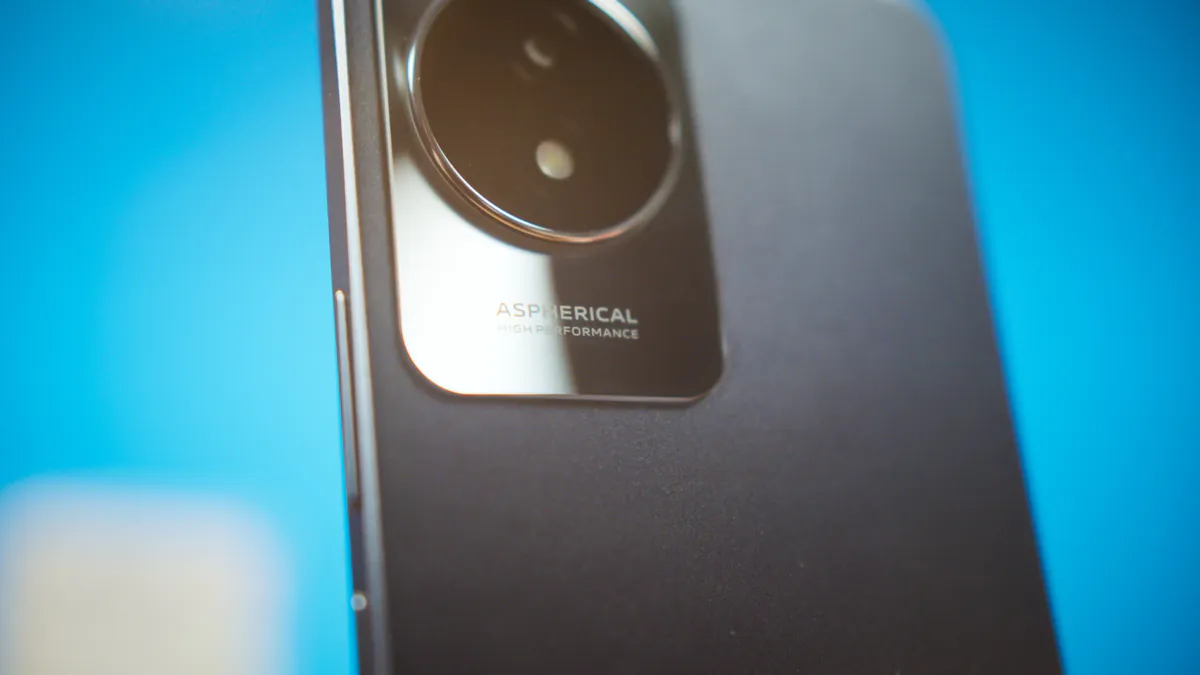
Do you want to play? You can. Need to take a picture of something? You will, even with a bokeh, wow! The battery will last for the whole day, the brightness is sufficient, microSD is supported, the design is even very interesting. So, yes, Vivo Y02 is better than it looks. I recommend it!
Video about Vivo Y02

Read also:
- Infinix Zero Ultra smartphone review: Is it a flagship or not?
- Motorola Moto G23 Review: Too many simplifications
- Review of the realme 10 Pro Plus: a mid-range bid for success?



